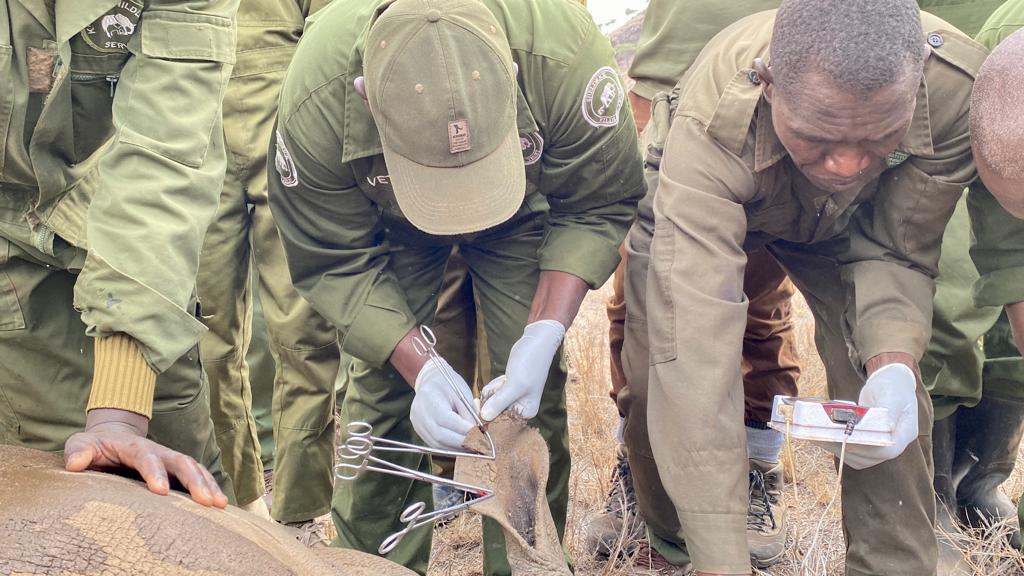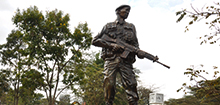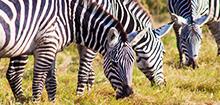
Date Published:
Rhino conservation in Kenya got a major boost from the just concluded rhino ear notching and transmitters fitting exercise that took place at Lewa Borana conservancy.
The exercise undertaken by the Kenya Wildlife Service (KWS) Veterinary and Capture team led by Dr. Isaac Lekolool was done in collaboration with the Wildlife Research and Training Institute (WRTI) and Lewa Borana Wildlife Conservancy.
During the exercise, forty-three rhinos (21 black and 22 white) were ear notched, while seven black rhinos were fitted with LoRa (Long Range) transmitters. Ear notching exercises are carried out after every two to three years in respective rhino sanctuaries to ensure that at least 60% of all rhinos are uniquely identifiable.
Rhino ear notching and transmitters fitting is a vital aspect in rhino conservation, as it enables rhino monitors and researchers to easily track and identify this endangered species in the field and in the office via Earth Ranger software for enhanced security surveillance and conservation.
The exercise involves immobilizing a rhino and putting permanent unique marks in form of cuts on the rhino ears and fitting transmitters in their horn.
During the exercise, various samples are collected for laboratory analysis, rhino DNA profiling and research on various aspects of rhino conservation.
Currently, Kenya holds the third largest rhino population in the world at 1,890 individuals (966 black rhinos, 922 Southern white rhinos and 2 Northern white rhinos), with Lewa Borana being home to over 200 rhinos, accounting for approximately 13% of the national population as at December 2022.
Lewa Borana Wildlife Conservancy is an important rhino area as it has a vibrant habitat for both black and white rhinos.





